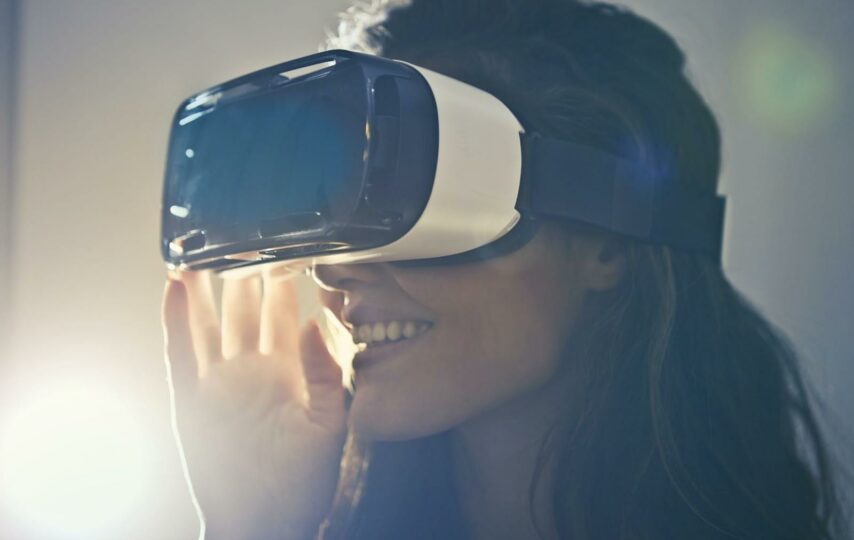The rapid expansion of e-commerce has led businesses to constantly explore new ways to enhance the online shopping experience for their customers. With technological advancements progressing at an incredible pace, Augmented Reality (AR) has surfaced as a groundbreaking tool that can merge the realms of physical and digital retail, delivering a more captivating, engaging, and customized experience.
In this blog post, we will examine the influence of AR on e-commerce.
The Emergence Of Augmented Reality In E-commerce
Augmented Reality is a dynamic technology that superimposes digital data, such as images, videos, or audio, onto the user’s real-world surroundings, enriching their perception of reality. In recent times, AR has witnessed significant breakthroughs, making it increasingly attainable and cost-effective for businesses of various sizes.
A primary advantage of AR in e-commerce lies in its ability to offer a more authentic and engaging product presentation.
This enables customers to view and interact with products in a 3D format, providing a comprehensive understanding of the item’s proportions, features, and overall visual appeal. This improved visualization can be particularly valuable for industries such as beauty and fashion products, where the appearance and fit of a product are of the utmost importance.
AR-Powered Virtual Fittings
One of the major obstacles for online shoppers has always been the inability to test products before making a purchase. This frequently results in a high rate of returns, which can be both expensive and detrimental to the environment.
AR tackles this issue by allowing customers to virtually try on items like clothing, footwear, accessories, and even cosmetics, using their device’s camera.
By superimposing digital renderings of the products onto the user’s real-world setting, AR-powered virtual fittings offer a more precise depiction of how the items will appear and fit, ultimately lowering the chances of returns.
This not only enhances customer satisfaction but also optimizes the e-commerce process, saving businesses resources and money.
Interactive Product Customization
Another area where AR can add significant value is product customization. Using AR technology, customers can interact with products in real-time, altering colors, textures, or even product components to create a personalized version of the item.
This level of customization is particularly appealing to modern consumers who increasingly value unique and individualized products.
In addition to enhancing the customer experience, AR-powered product customization can also offer valuable insights to businesses.
By analyzing user interactions and preferences, businesses can identify trends and make more informed decisions about product development and inventory management.
Boosting Customer Engagement And Sales
The integration of AR into the online shopping experience has the potential to significantly boost customer engagement and, ultimately, sales. By offering a more interactive and immersive experience, AR can captivate customers and encourage them to spend more time exploring products and browsing the website or app.
This increased engagement can lead to higher conversion rates, as customers are more likely to make a purchase when they feel confident in their understanding of the product.
Moreover, the novelty and excitement of AR technology can serve as a powerful marketing tool, attracting new customers and generating buzz around the brand.
By staying at the forefront of technological innovation, businesses can differentiate themselves from competitors and establish a strong presence in the market.
Overcoming Challenges And Future Outlook
Despite the numerous advantages of AR, it is essential for businesses to consider potential challenges and limitations. One key concern is the need for robust and accurate product data to create realistic and reliable AR experiences.
Ensuring that product images, dimensions, and other relevant information are accurate is crucial to maintaining customer trust and satisfaction.
Conclusion
Augmented Reality presents significant opportunities for businesses in the e-commerce space, enabling them to create a more engaging, immersive, and personalized online shopping experience. By leveraging AR for product visualization, virtual try-ons, and interactive customization, businesses can not only improve customer satisfaction but also gain valuable insights, reduce return rates, and boost sales.
As AR technology continues to evolve, we can expect to see an even greater impact on the way we shop online, shaping the future of e-commerce and transforming the way businesses connect with their customers.








